“It is believed that had the enemy employed these disguised tanks in the proper tactical situation and at the proper time, much damage might have resulted.” — U.S. Technical Intelligence Report
The story of the Battle of the Bulge includes many tales of American heroism when faced with the massive and sudden German offensive. From the German perspective, everything that could be mustered and brought to bear was required for one decisive counterattack. In that light, German preparations ranged from traditional Teutonic efficiency and practicality to concepts that bordered on lunacy.
One plan that could be perceived both ways was “Unternehmen Greif” (Operation Greif), led by Hitler’s hand-picked commando leader, SS- Obersturmbannführer Otto Skorzeny. Skorzeny was Hitler’s man who achieved fame during the Gran Sasso Raid to liberate the imprisoned Benito Mussolini.
Unternehmen Greif
Beginning on October 25, 1944, the highly aggressive and capable Skorzeny had less than six weeks to recruit and train the men of Panzer Brigade 150, and assemble the uniforms, weapons and vehicles that would be essential for its success. General Alfred Jodl promised Skorzeny the men and equipment — dozens of captured American vehicles in working order, and hundreds of English-speaking troops to lead the spearhead. The commando leader received almost none.
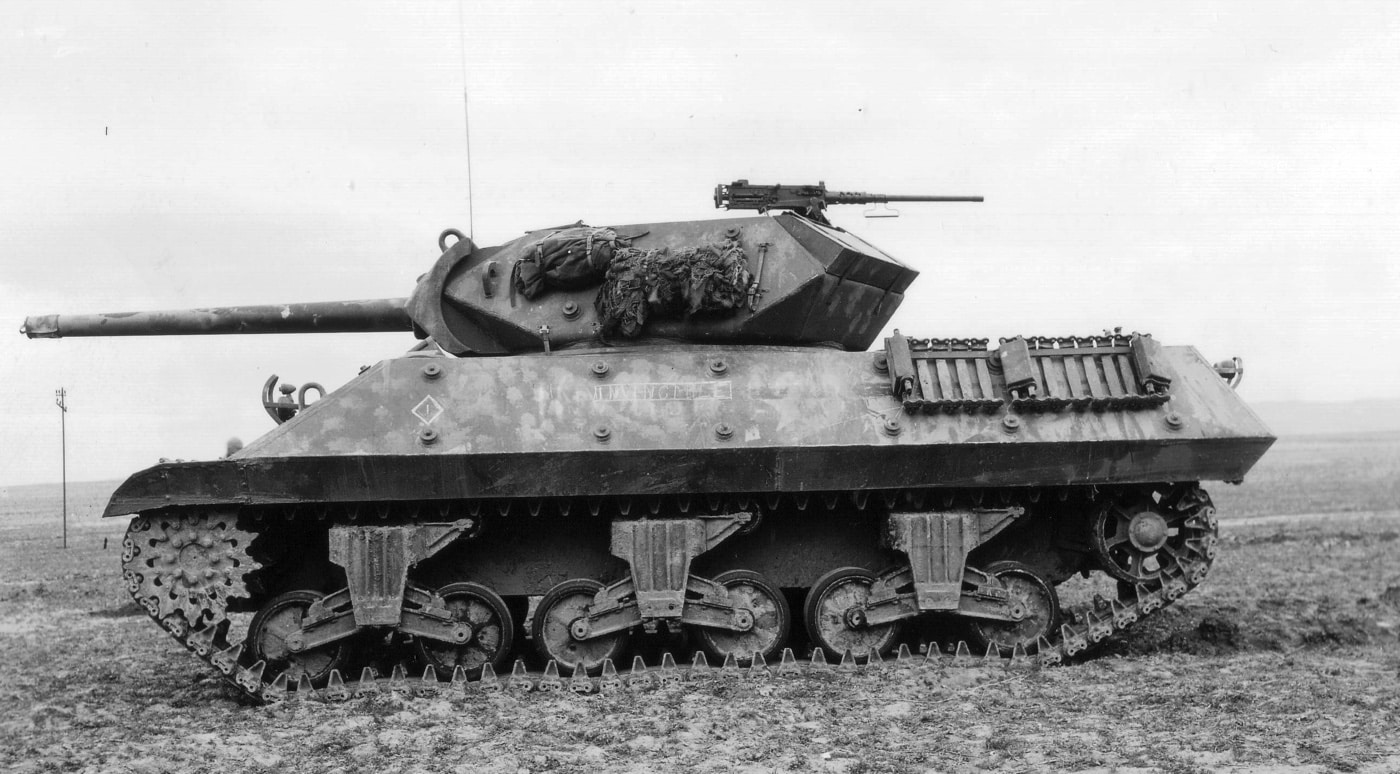
Skorzeny wrote in his book “My Commando Operations” in 1975:
“The high command promised me twenty Sherman tanks for this new Trojan horse called Greif. I received two, one of which was in working order. As an interim measure, we modified twelve of our Panthers to look like Shermans, so that we might perhaps be able to fool the young enemy soldiers from a distance and in conditions of poor visibility. Similar difficulties were encountered with the 23 machine-guns, the 247 Jeeps, the 32 armored tracked vehicles and the 193 trucks I had requested. We had to improvise everything, using what was on hand, and furthermore hope that we could, in the course of the offensive, use captured weapons and equipment.”
As for the men provided, only 10 could speak the American dialect of English fluently, and less than 50 that could speak passable English if challenged. Skorzeny was furious, later writing:
“I was almost choked with rage. At first such stupidity seemed unbelievable, and I suspected sabotage. Today I think it was stupidity, which is sometimes worse than treason. As I considered our enemies more intelligent than we, I believed that Greif was unfeasible, and it seemed to me advisable that Hitler should know why.”
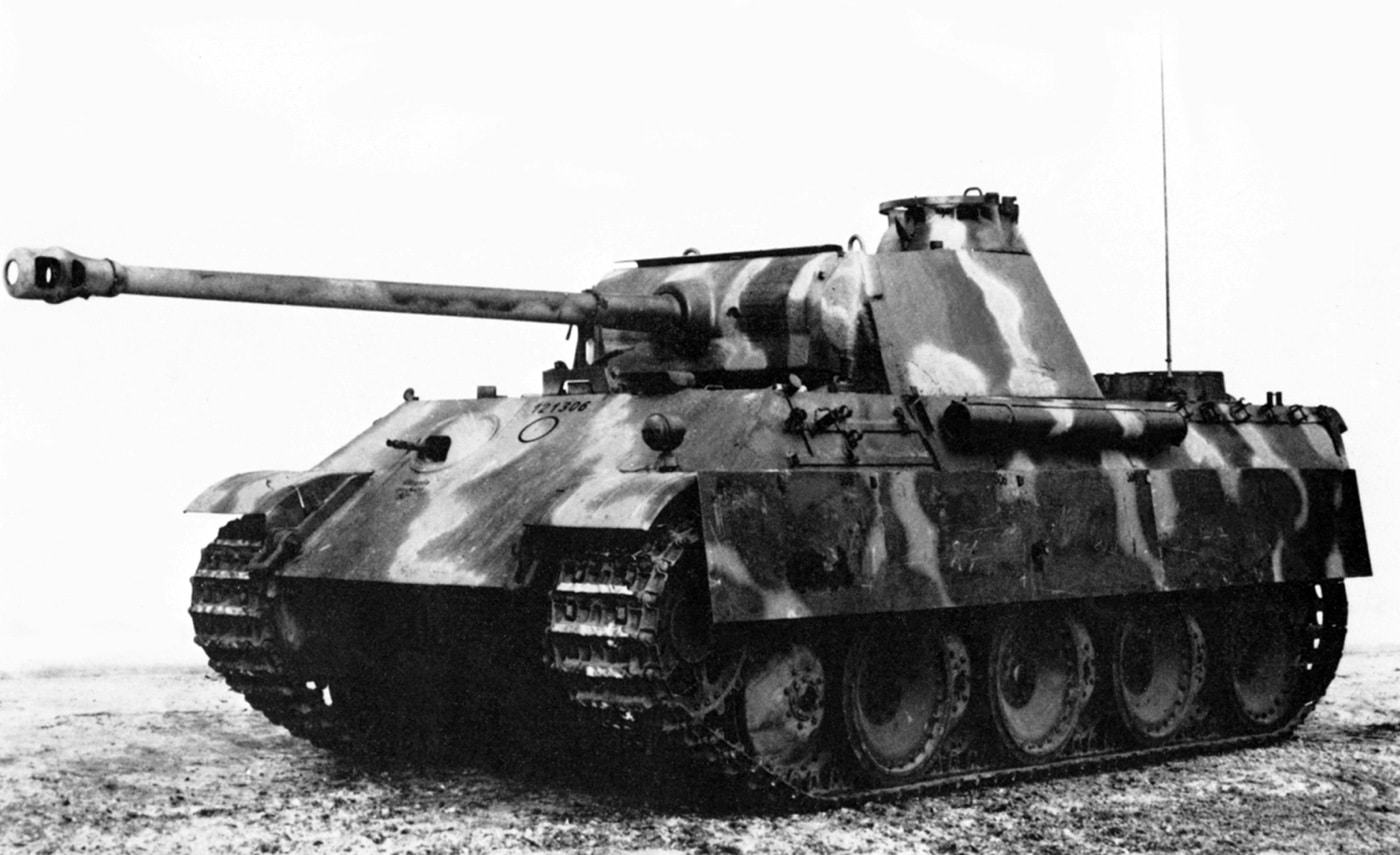
Skorzeny’s reservations were never relayed to the Fuhrer, his communication intercepted and discarded by officers terrified to deliver bad news. Operation Greif would go forward. Shortly before the German attack, Skorzeny was told that his Panzer Brigade 150 would assume the role of a normal panzer unit, and he was ordered to assemble his men and tanks near the Belgian town of Malmedy.
The spearhead of Panzer Brigade 150 was a platoon of Panzer V “Panther” tanks that had been extensively modified with sheet metal to give them the appearance of American M10 tank destroyers. The Armory Life editors and I have included several photos of these counterfeit M10s, and you can decide if all the work the Germans did to create the ruse was worth the effort.

In addition to the disguised Panthers, Panzer Brigade 150 also used five Sturmgeschutze III assault guns in their attack. The Stug IIIs were essentially unmodified — some were only marked with an American star to hopefully make U.S. troops hesitate before firing. One of the Stug IIIs had the distinctive muzzle brake removed from its 75mm gun, its side skirt armor was lengthened, and a camouflage net was draped across the rear half of the vehicle — but this did little to alter its appearance as a German AFV.
Subterfuge or Folly?
The disguised Panthers were used during an attack in the early morning hours of December 21, 1944. The vehicles, operating with the 150 Panzer Brigade, ran into trip wires that ignited signal flares — disclosing their approach in the fields outside Malmedy.

American tank destroyers and infantrymen opened fire, and soon after the G.I.s called in supporting fire from 105mm howitzers. When the Germans retreated, they left behind four of the strange Panthers. Three of them were said to have received a final coup-de-grace by their own crews with demolition charges.
While Skorzeny’s small group of commandos dressed in American uniforms created chaos and rumors far beyond the size or impact of their force, the fake M10s had no such success. For all the effort made in creating their disguise, there was no stealth in the deployment, and therefore no chance to take their opponents by surprise.

Over the years, there has been some discussion of how the disguised Panthers and their crews would quietly identify themselves to German forces — some of this may have involved the spurious tactical symbols painted on the fake M10s, a nine o’clock alignment of the turret, flashing various colored lights, and wearing colored scarves by the tank crews. Little of this seems plausible, or if these methods were actually used, they were unlikely to prevent friendly fire.

Skorzeny concluded: “On Wednesday, December 20, I decided to attack Malmedy early on the morning of the 21st with a dozen tanks. There was fighting, and no one wore American uniforms. Heavy barrage fire by the enemy’s artillery and a tremendous counter-offensive by American tanks caused our plan to fail.”
After-Action Report
In February 1945, one of the Panther tanks modified to appear as an M10 tank destroyer was closely examined by a Technical Intelligence team from the First U.S. Army. The last line of the report concludes: “It is believed that had the enemy employed these disguised tanks in the proper tactical situation and at the proper time, much damage might have resulted.” That thought sums up the entirety of Operation Greif.
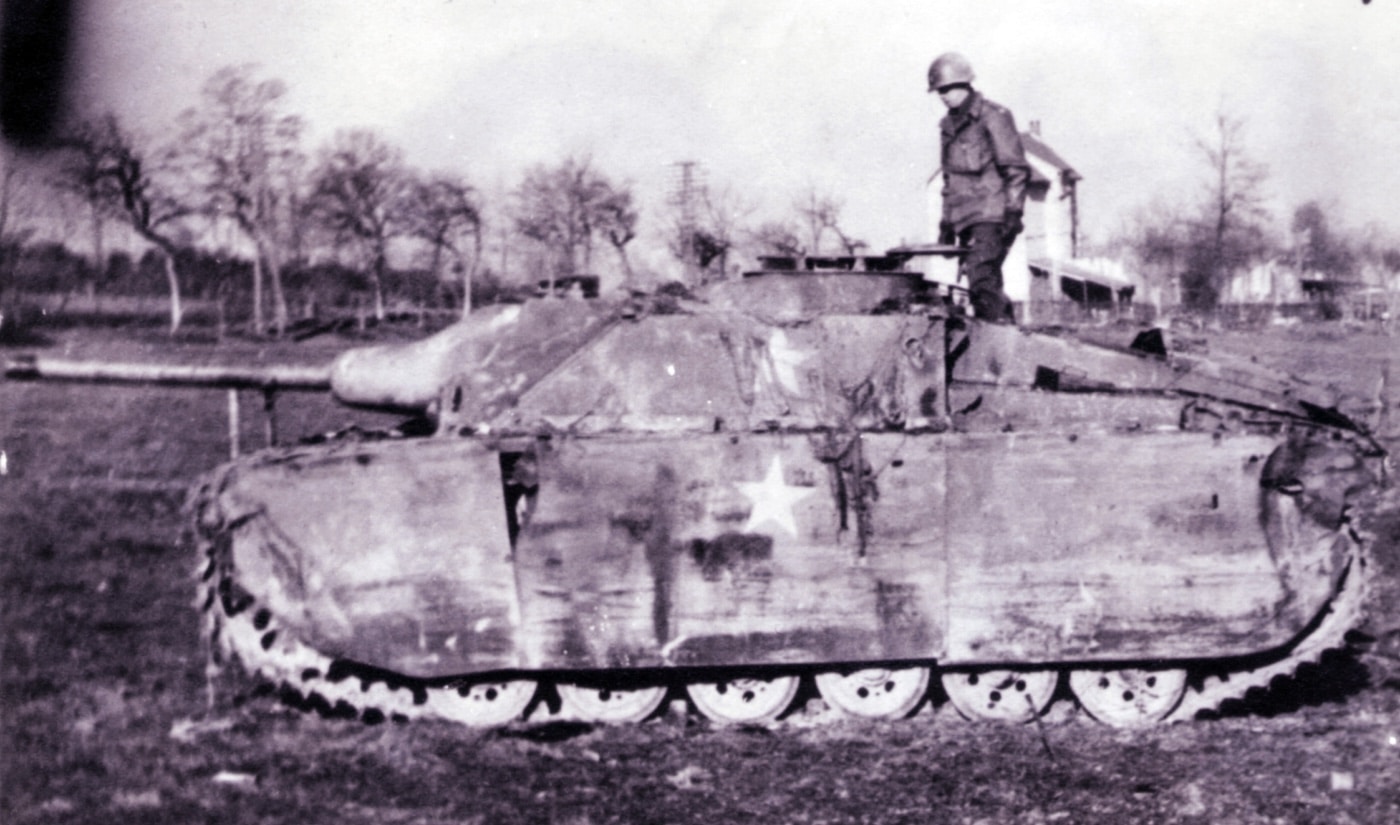
The following is the text from that report, in its entirety:
ETO Technical Intelligence Report (First U.S. Army)
Subject: Panther Tanks Disguised as M-10 Gun Motor Carriages
February 9, 1945
- In the recent breakthrough in Belgium, four enemy Panther tanks were knocked out in the Malmedy area. These tanks were carefully and cleverly disguised as M1-10 gun motor carriages with the utmost attention given to details. The most interesting and important feature of this attempted deception is the amount of work entailed in order to imitate the appearance of our M-10. The time, work, and materials involved, as well as the technical knowledge of our M-10s required, definitely point to fourth or fifth echelon alterations. However, it is believed that the work was done by enemy maintenance units rather than at a factory.
- Inside the one tank which was not blown were found items of GI clothing, including helmet, overcoat and leggings.
- Since the Panther does not at once lend itself to be easily disguised as an M-10, some changes were necessary. In order to prepare the Panthers for alteration the following work was done:
- The distinctive cupola was removed from the turret. In its place two semicircular hatch covers were hinged to the turret top to cover the opening.
- Extra water cans, gas cans, the rammer staff container, and other accessories stowed on the outside of the tank were removed.
- The tank was then disguised with sheet metal. The sheet metal used on the turret and upper bow was 3/22” thick and that on the sides of the hull was 9/64” thick. The lower part of the false bow was thicker; possibly made of double plates. To accomplish the disguise, the work might have been divided into four parts:
- Turret
- Bow
- Rear
- Sides
- The turret was disguised by using five pieces of sheet metal. Two pieces were cut to shape to resemble the distinctive sides of the M-10 turret. These pieces were then flanged on the edges, bent to shape, and stiffened with small angle iron. The gun shield was carefully formed from another sheet to the exact shape of the M-10 gun shield, this being particularly well done. A hole was made to the right of the gun aperture in the shield for the coaxial MG 34. It might be noted that there is no similar hole in the M-10. Finally, the rear of the turret was made of two pieces of sheet metal. One piece to represent the bottom slant of the surface of the rear, and one piece to represent the counterweight. The pieces representing the sides and rear were joined together and braced with angle iron and the whole was attached to the turret. The false gun shield was attached to the Panther gun shield. All of the lifting rings, brackets, extra armor studs, etc, found on the turret of the M-10 were carefully duplicated and welded to the false turret. To heighten the deception, U.S. stars were painted on both sides and also on top of the turret.
- The false bow was made of approximately four pieces of sheet metal. These pieces were cut and formed to shape to imitate as closely as possible the contours and shape of the bow of the M-10. Much care was taken as to detail since the Panther bow is to an extent bulkier than the M-10 bow. The false bottom of the bow was shaped with an effort to give the characteristic appearance of the front drive sprocket housing of the M-10. The top of the false bow was carefully shaped and the various component pieces attached to the front of the tank. All of the brackets, lifting rings, towing devices, etc, were welded to the false bow to give it, on the whole, a very similar appearance to the M-10 bow. A square opening was cut in the false bow to permit use of the bow MG 34. However, a covering for this opening was made and attached with a small chain, and this cover should be removed to fire the machine gun. The bow, like the rest of the tank, was painted O.D. and a U.S. star was painted to complete the deception. The markings of the fifth armored division, tenth armored regiment, and vehicle number were painted on.
- The false rear was made of sheet metal to the appearance of the rear of the M-10. The only distinctive difference was the cutting of two holes to permit the twin exhaust elbows of the Panther to protrude. The markings of the fifth armored division, tenth armored regiment, and vehicle number were painted on.
- Since the sides of the M-10 have skirting armor which appears to go lower than the side armor of the Panther, and is beveled in at the bottom, an attempt was made to simulate this. A long, flat strip of sheet metal was attached to the sides parallel to the ground. At right angles to this strip a vertical sheet strip was attached in order to give the appearance of low skirting armor.
- The false vehicle numbers of the four tanks knocked out were: B-4, B-5, B-7, and B-10. This may or may not indicate the use of at least ten similarly disguised tanks.
- The characteristics which were not disguised and could not easily be camouflaged were:
- The distinctive Panther bogie suspension. (We now have a somewhat similar suspension in the M-18 Gun Motor Carriage).
- The muzzle brake on the 7.5 cm KwK 42 (We have some muzzle brakes).
- The wide and distinctive track of the Panther.
- It is believed that had the enemy employed these disguised tanks in the proper tactical situation and at the proper time, much damage might have resulted.
Conclusion
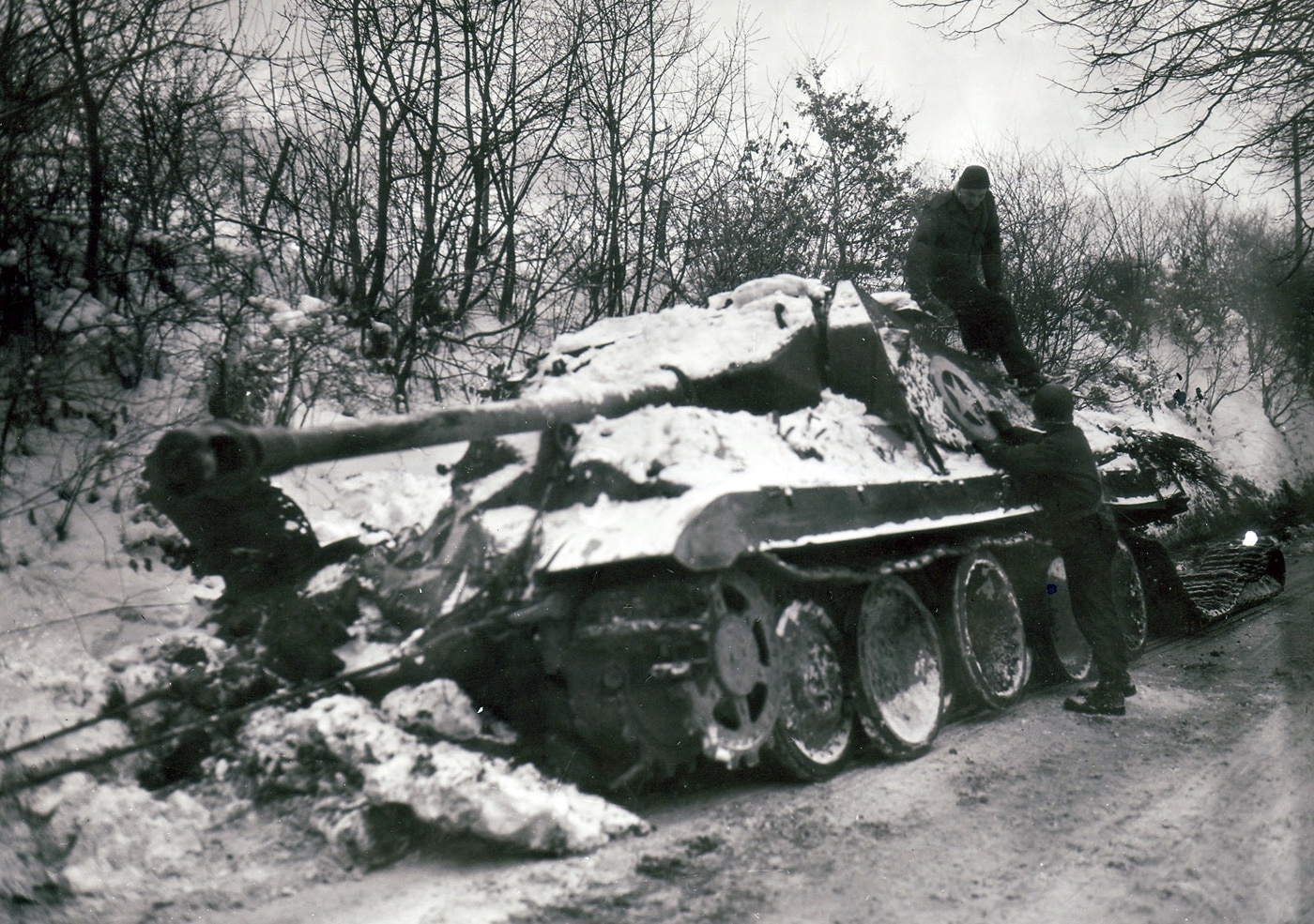
With the proper application and usage, “Unternehmen Greif” — under the command of a skilled combatant like Otto Skorzeny — had the potential to be quite effective. However, Skorzeny’s own assessment of the folly of this effort seemed to accurately sum up its ultimate fate. And thank goodness for that.
Editor’s Note: Please be sure to check out The Armory Life Forum, where you can comment about our daily articles, as well as just talk guns and gear. Click the “Go To Forum Thread” link below to jump in!
Read the full article here

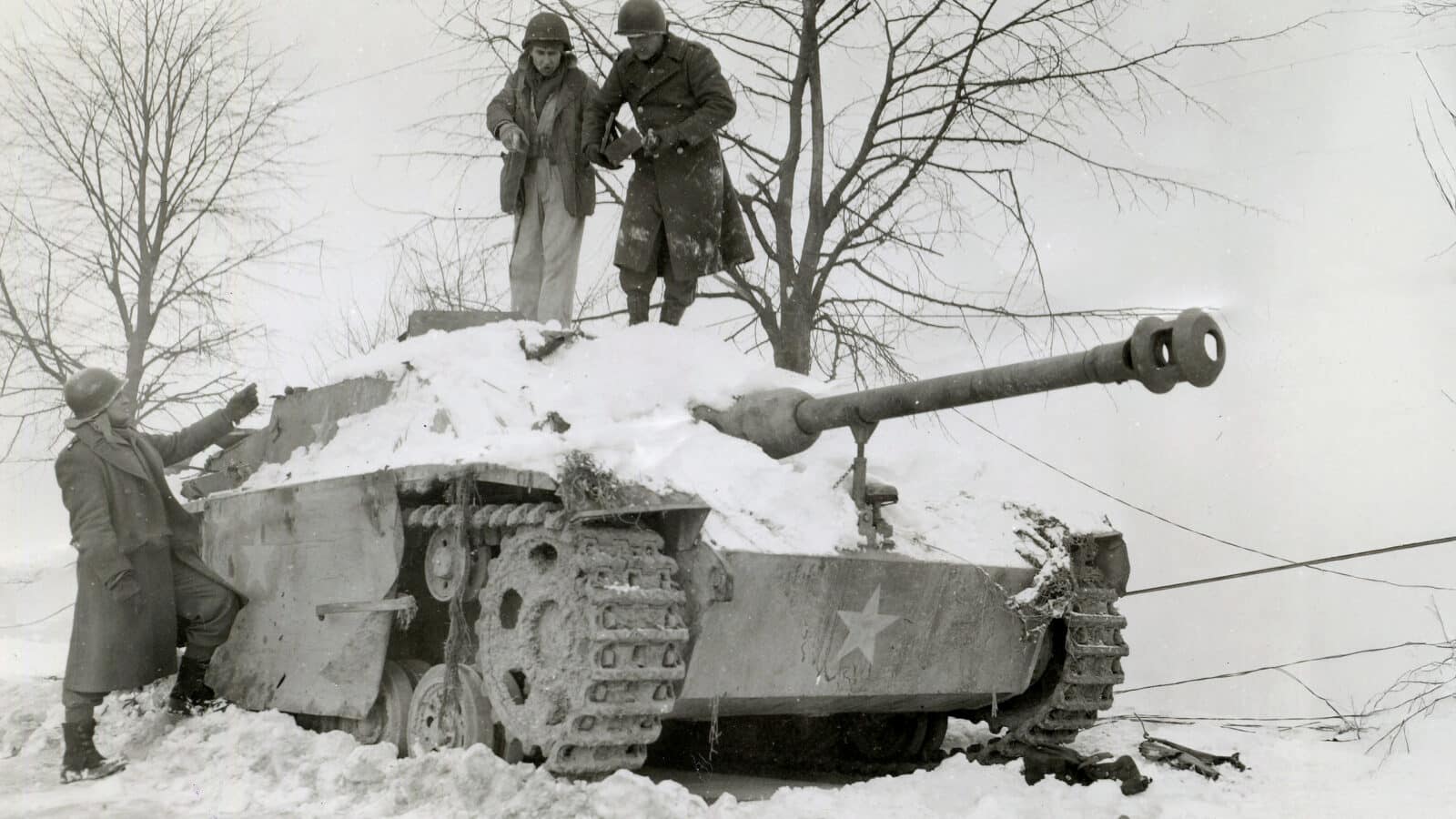
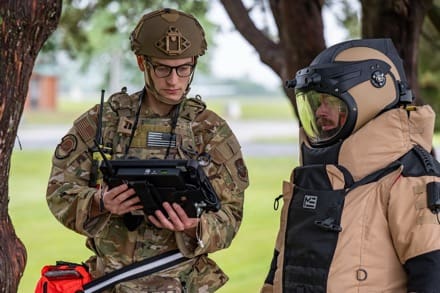


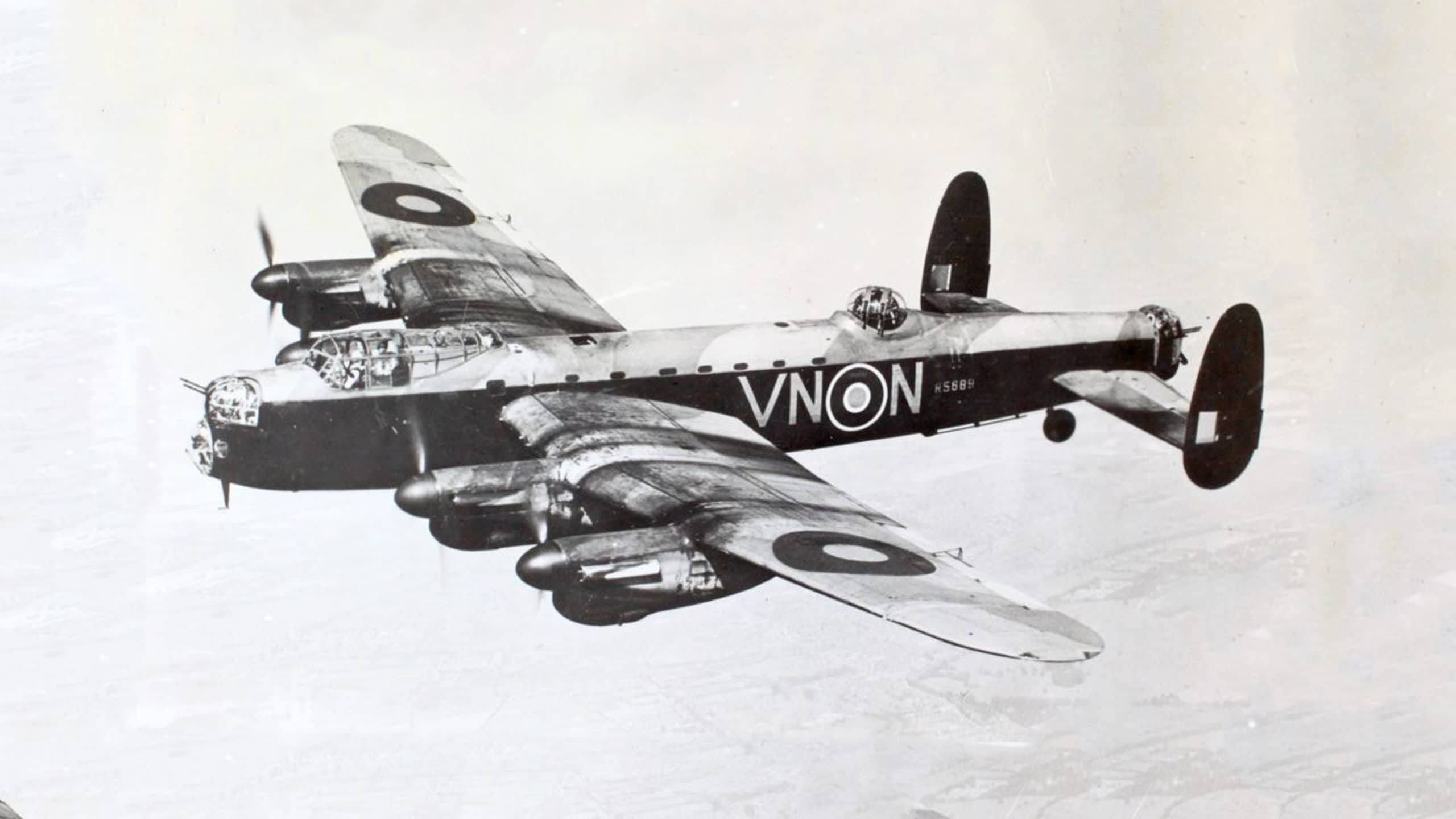
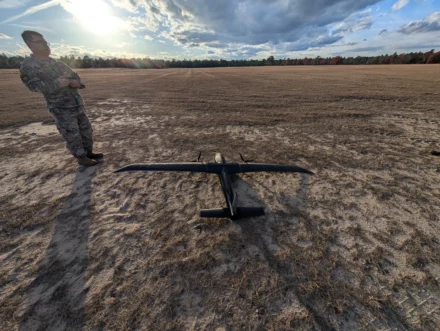
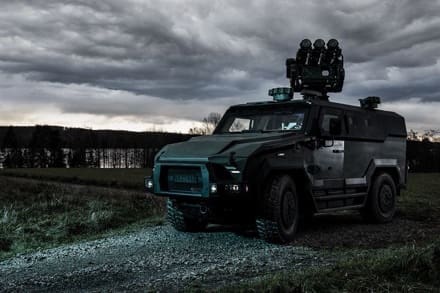
Leave a Reply